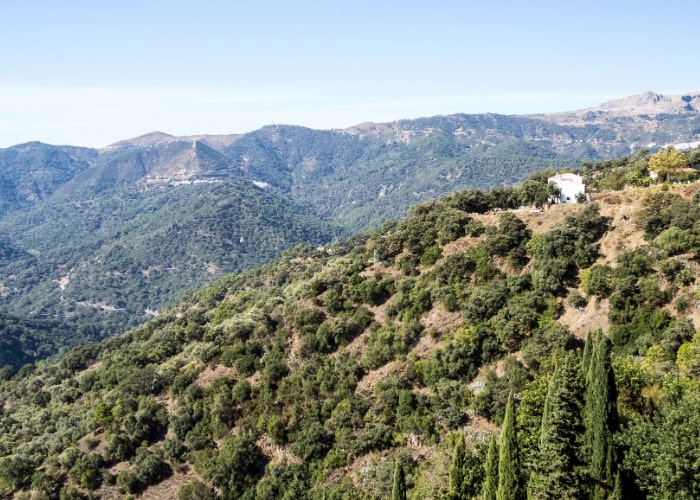MADRID – According to a recent study, there are great opportunities in Spanish forests across the country to restore and preserve nature. But what do we know about the forests in Spain?
The research was carried out by the Forestry School of the Technical University of Madrid. They used landscape indices to measure forest density, revealing interesting opportunities for nature conservation and restoration in Spain.
Recognition of areas for nature conservation
The researchers discovered that there are specific areas in these forests that are particularly suitable for nature conservation (values above 90%) and restoration (values between 60% and 90%). On the one hand, they looked at the extent to which the forests are distributed across the landscape. On the other hand, they identified areas where nature is still relatively intact and areas where the forest can be restored. In these latter areas, recovery would be less complicated and costly.
The role of history
These areas are mainly located in regions that have historically been less influenced by industry and more focused on agriculture and forestry. Large forests and agricultural lands characterize these regions. The mountainous landscapes or vast meadows in western Spain could be the reason that these areas have seen less industrial development.
Focus on ecological improvement
The research shows that the best places for nature restoration are often near larger nature reserves. Restoring these areas would provide a significant ecological boost, especially compared to more isolated locations.
Innovative maps for nature management
The researchers have created maps (viewable through this link) showing forest management and nature conservation planning in Spain. These maps can be used to determine on a large scale where nature management can be most effective.
The importance of nature conservation
Sergio González-Ávila and Belén Martín, two of the researchers, emphasize the importance of this study for the protection and management of Spanish nature. The maps are useful not only for experts but also for anyone interested in nature conservation. They help to promote biodiversity and ensure that forest species continue to flourish.
What do we know about the forests in Spain?
Spain is home to approximately 28 million hectares of forest area, representing 55% of the national territory. It is the second EU country with the largest forest area. These forests form a diverse landscape ranging from pine trees to oak forests and blend with rural cultures and traditions.
Striking in Spain’s forests is the wide variety of tree species; twelve of these, including various species of pine and oak, constitute 84% of the total forest area. This forest cover is divided into 28% public and 72% private ownership, posing a challenge to effective management and conservation.
Climate change and forest fires
Spanish forests are under pressure from climate change. This leads to an increase in drought and an increased risk of forest fires. These developments are partly due to changed land use due to massive urbanization and the abandonment of rural areas. This has led to an increase in dry and fire-prone vegetation.
Desertification in forests
Forest areas in Spain are also undergoing a very serious process of desertification. This seems contradictory, but it is not. More than 370,000 square kilometers of forest in the country is at risk of desertification. It is important to know that desertification does not mean that the land turns into an actual desert. However, in this case, there is what is known as “dry lands”. These are degraded areas where shrublands are growing that are prone to frequent droughts and therefore dry vegetation that burns in forest fires. In turn, fires exacerbate erosion processes and desertification. A vicious circle that feeds itself.
Greenpeace’s vision for forest management
Greenpeace Spain emphasizes the importance of adaptive forest management that responds to climate change. The organization argues that priorities for action should not focus on massive reforestation without ensuring subsequent management. This will actually contribute to the increase in flammable areas. In this sense, restoring traditional agro-forestal landscapes and investing in the rural economy are essential to make Spanish forests more resilient to intensive forest fires and other climate risks.
In addition, an increase in forest awareness among the population is necessary to preserve and protect Spain’s forests. Greenpeace therefore advocates more attention to the ecological, social, and economic value of forests and greater involvement of local communities in forest management.
Also read: The most beautiful forests in Spain for a winter walk


